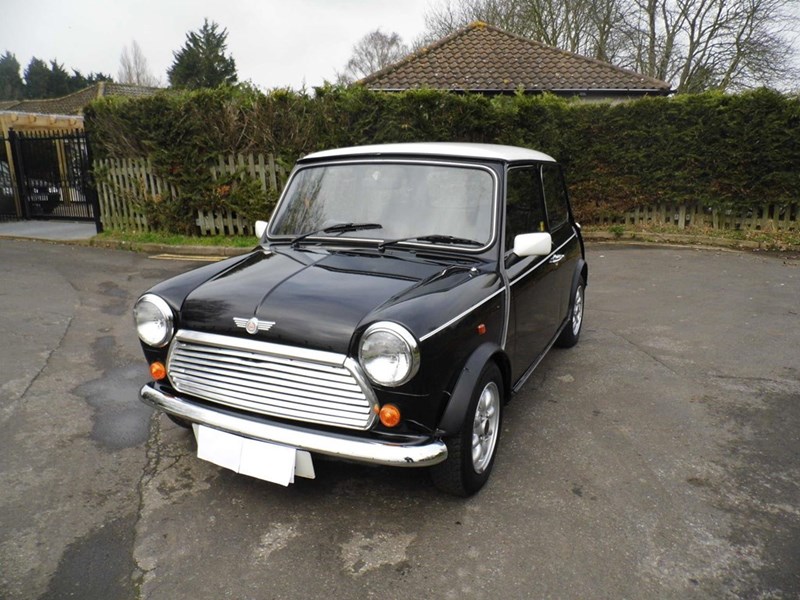One of our favourite aspects to any gangster story are the cars - always dripping with style and oozing panache. No matter if sliding round a corner or simply cruising around town, they always hold presence. Fancy a piece of the action? We have five motors destined to up your game.
Top 5: Greatest Gangsters Cars
All things gangster are currently kicking about in various shops, the release of ‘Legend’, telling the story of the Krays, whipping up our love of the criminal underworld.
While you certainly wouldn’t want to partake in any pub shootouts or dinner party stabbing wars, you can certainly grab a piece of the lifestyle with their motors. Here we have five top vehicles for the budding crime enthusiast - the running costs alone should keep you out of trouble…
5. Jaguar MK X
The Krays rather enjoyed their Jaguar ownership. Perhaps there was plenty of room in the boot for those who stepped out of line…or perhaps the front end was large enough to mow down more than one person at once - regardless of reason they certainly looked the part and had the power to escape any potentially nasty situation. Springing a range of copycat models, nothing captured the grace and feel of the Jaguar MK X – one of the widest cars ever produced.
Finding a good Jaguar Mark X can be difficult, but CCFS have you covered.
4. Mercedes-Benz 200
If you sit down to watch any crime story during the Kray era, chances are a Mercedes-Benz 200 will make an appearance - and it certainly won’t be driven by the good guy. Quite often wafting around with the main villain enveloped in luxury in the back seats, the sight of that classy front end working its way up the road would send individuals sprinting in the opposite direction. Rightfully so, for as soon as it caught you - four heavies would likely realign your spine using a crowbar.
Like the sound of the Mercedes-Benz 200? We don't blame you – and you can grab one here.
3. Ford Cortina Mk.II
Want to introduce yourself as Michael Caine? Simply say ‘My Cocaine’. Want to arrive looking like Michael Caine? Get yourself a Mark II Cortina.
Long before his run as Bruce Wayne’s indestructible butler, Caine was Carter - a ruthless gangster hunting the culprit responsible for the death of his brother. However, unlike the archetypal villain he didn’t drive a Rolls, a Jag or a Mercedes. He had a Ford Cortina - no frills, Carter and Cortina were here to get the job done.
Gangster car on a budget? This one is perfect.
2. Audi RS6 Avant
You may think this addition is slightly random, but if you’ve been fortunate enough to watch Layer Cake then you know exactly where we are coming from.
Forget the brash-yellow Range Rover P38 or the Bentley Arnage, the star of the show was the Audi RS6 Avant. It may not be in the movie for long, but the way it flies over the country roads and its striking looks in the urban jungle probably sold the Audi to more people than its own advertisements did.
And now, how many times do we see gangland stories on the news with an Audi wrapped in police tape? It’s not hard to see the alluring aspect for shotgun wielding suited types towards a fast Audi.
1. Jaguar MKII /S-Type
The MK II was a revelation when launched and adored by both the police and blaggers alike. From Inspector Morse to the great train robbers, the MK II ripped up Britain’s roads at speeds in excess of 100mph. Immortalised as the ultimate gangsters car thanks to TV shows such as The Sweeney and films akin to Robbery, Villain and Get Carter - the S-Type took the reigns as the bad guys favourite during the 1970s.
All models of Jaguar have found places in gangland hearts, but the MK II is without doubt our favourite – not to mention the wheels of choice for any gangster worth his chips.
Here we have a proper blaggers motor – it's even the 3.8 version…
Get a feel for gangland London – the Mark II's stomping ground - with the car chase from 'Robbery':







































































